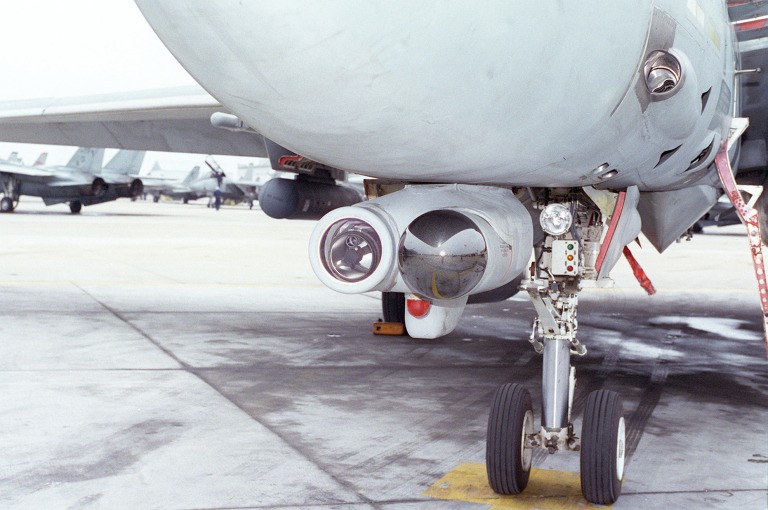Arsalan
THINK TANK CHAIRMAN

- Joined
- Sep 29, 2008
- Messages
- 18,172
- Reaction score
- 65
- Country
- Location
Follow along with the video below to see how to install our site as a web app on your home screen.
Note: This feature may not be available in some browsers.


I am not sure what air combats you are referring to here. I don't recall any reasonably matched foes meeting in the air since the Falklands maybe. But that's just me.
The standard JF-17 package also has four missiles.
That last part is speculation. Flying in such close proximity to each other's FOBs guns are bound to be used. But thats just my speculation against yours. I'll leave it with someone with more knowledge and/or experience. @Windjammer

Am going to speak from a missile designer's perspective, not because I was a missile designer, but because of due to certain aspects of my (once) job, I had to know something about designing missiles, specifically air-air missiles.I am not sure what air combats you are referring to here. I don't recall any reasonably matched foes meeting in the air since the Falklands maybe. But that's just me.
The standard JF-17 package also has four missiles.
That last part is speculation. Flying in such close proximity to each other's FOBs guns are bound to be used. But thats just my speculation against yours. I'll leave it with someone with more knowledge and/or experience. @Windjammer





video and voice recorder/Video Voice Recorder ?What is VVR in avionics?Can't seem to find any suitable explanations about it on google.

Black box/dashcam/gun cam type thing?video and voice recorder/Video Voice Recorder ?

http://www.aviationtoday.com/av/military/Typhoon-Europes-Finest_917.html#.V4lcWY-cHDcBlack box/dashcam/gun cam type thing?
Debriefing, training and post-incident analysis are supported by a video and voice recorder (VVR) from Computing Devices, backed up by a crash survivable recorder provided by BAE Systems (previously GEC-Marconi Elmer). General Dynamics UK contributed a central warnings panel and other technology for the VVR, a high-resolution cockpit system that places a record of HUD video, head-down displays, pilot voice and digital data bus information on a TEAC recorder.


do you have any info about sir murad khan it been a while since we last saw him.are you talking about munir saheb?

Can someone please explain the turnrates? They are way off the scale by a factor of 10

Can someone please explain the turnrates? They are way off the scale by a factor of 10

Thanks. Makes sense, but ITR of 19 degrees is low. I guess it is not saying "maximum", so this misses out a given altitude, speed and even load regime.I think it's a misprint. Instead of degree symbol (°), they printed 0. Perhaps it is 16° and 19° instead of 160 and 190.

